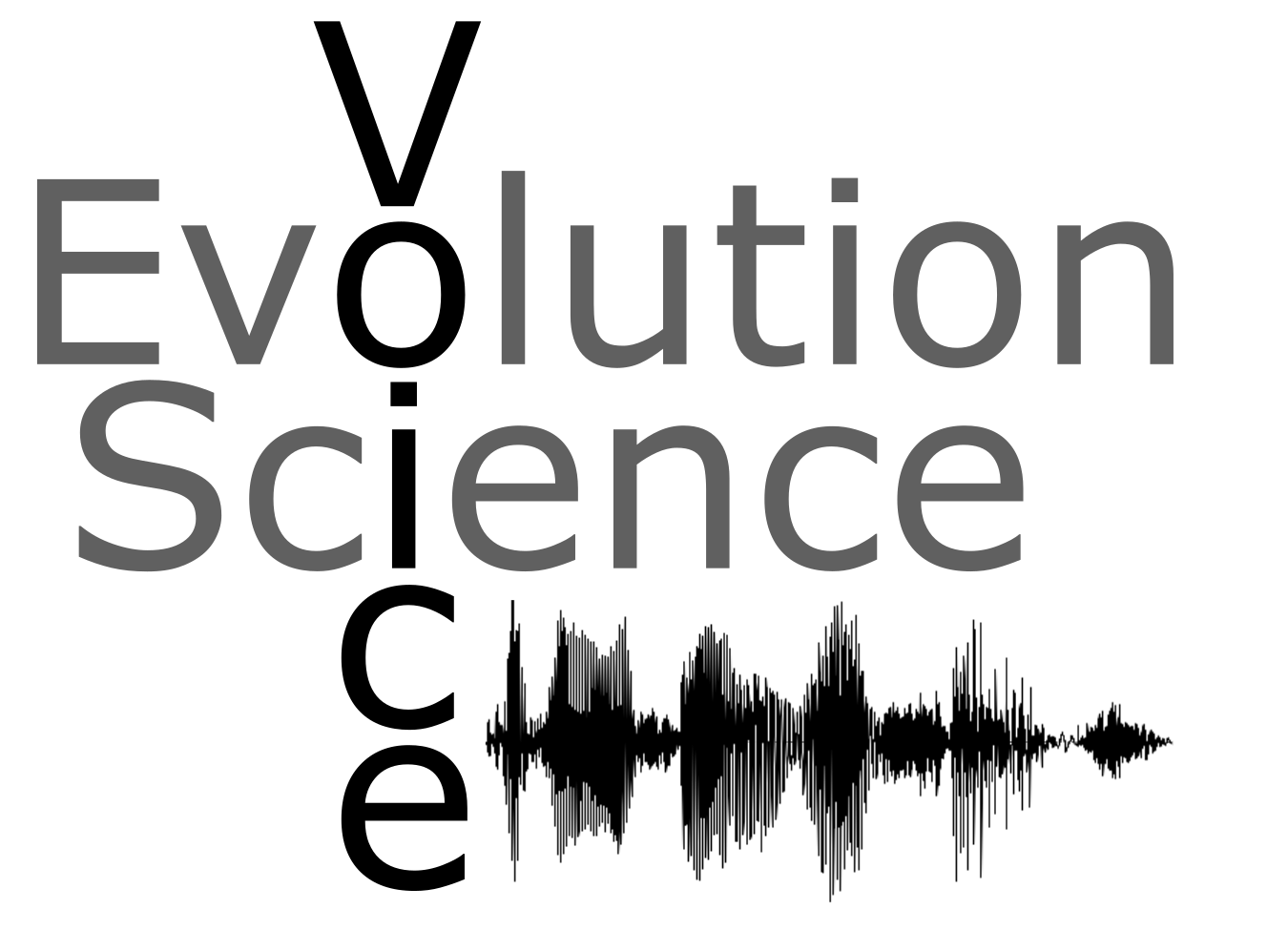Workshops
Things not written down are soon forgotten, at least by me.
R for Beginners
R is an open source statistical package that permits an incredible degree of control and transparency in statistical analyses. However, doing stats from the command line is a double edged sword. On one hand, R gives you a lot of freedom to explore and analyze your data. On the other hand, getting a handle of the basic commands can be daunting for new users and analyses that would have been but a matter of a few clicks in other statistical packages can seem like arduous work.
This workshop is a series of four R scripts that can be run line by line as a demonstration of some of the basic functionality of R. These were originally meant to be accompanied by verbal guidance, but they are also heavily annotated so a well motivated student should still find them useful. At the very least, the scripts provide a healthy stock of sample code from which to explore.
Magnetic Resonance Imaging
Human brain imaging demands an incredible amount of theoretical knowledge spread across disparate disciplines including neurobiology, physics, software programming and statistics, not to mention the arcana of operating individual software packages. To ease the burden on new students I’ve assembled some simple guides for a few common software packages for MRI data analysis.
Functional MRI
SPM is free and flexible (assuming that you have a MATLAB license). This has become my workhorse since MRI data are basically just big matrices, and that’s what MATLAB does best. I find the GUI a little cumbersome for processing anything more than single participants, but scripting your processing pipeline is fairly intuitive. Here are guides for the SPM GUI and SPM command line.
FSL is also free and has a more sensible GUI. The command line methods will be less familiar to R/MATLAB type coders and more familiar for linux types/ This FSL guide covers simple fMRI analyses.
BrainVoyager is an (extremely expensive) paid package, but it is fairly intuitive for someone who’s just starting out and in my opinion it has serious limitations that make it impractical for experts. Here is a simple but thorough guide to BrainVoyager for anyone who is just learning how to analyze MRI data, but keep in mind that you may eventually want to migrate elsewhere.
Diffusion Tensor Imaging
Tract Based Spatial Statistics (TBSS) as implemented in FSL is a method for testing hypotheses related to white matter tract integrity as measured by fractional anisotropy. This TBSS guide is a step by step manual for analyses diffusion tensor data inclusive of a bit of sample code.
MRI Meta-Analyses
Activation Likelihood Estimation (ALE) is the current standard approach for analyses of fMRI data. ALEs can be computed using GingerALE software relatively easily, but here are guides for both the GUI and Command line.
ALE is an excellent tool, but it does make some strong assumptions about the studies that you analyze. One assumption in particular is frequently violated: all of the studies in your analysis should have scanned the entire brain volume. This can be problematic for meta-analyses from a smaller literature, areas of study where full brain coverage is not the convention, or for research questions that only really need to test hypotheses for a single brain area. My alternative solution is to use Kernel Density Estimation. You can find a description of this approach, tests on simulated data, and some sample code with this paper.
Transcranial Magnetic Stimulation
Transcranial magnetic stimulation is a tool for brain stimulation that has applications for scientific discovery and is starting to find its way into the clinic. While there are some low-tech solutions for guiding TMS stimulators to their target locations, they risk being inaccurate and make the spatial specificity of TMS more of a liability than an asset. Neuronavigation technologies combine anatomical MRIs with motion tracking for precision neural targeting. Here’s my guide to Brainsight‘s neuronavigation system.
